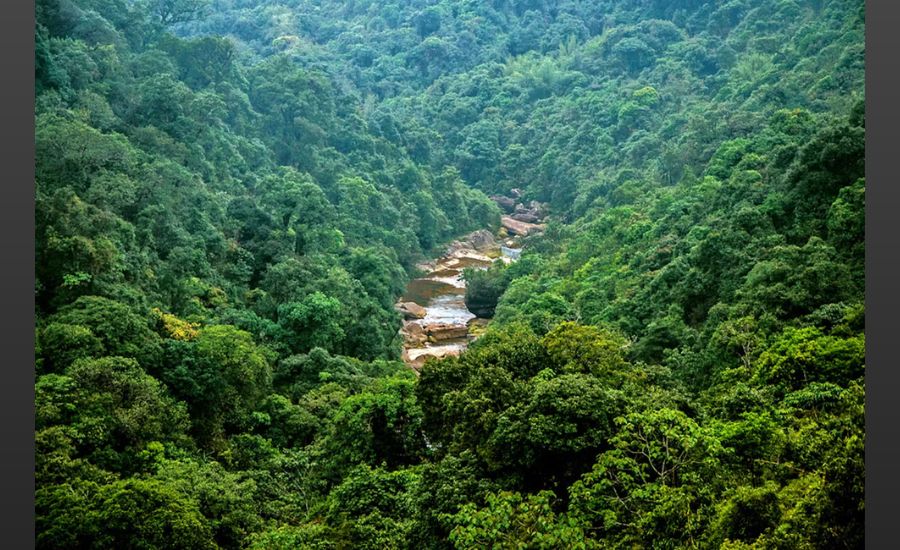India’s forest and tree cover has grown by 1,445 square kilometres since 2021, now covering 25.17% of the nation’s geographical area, according to the India State of Forest Report (ISFR) 2023. Released on Saturday, the report highlights a modest increase in forest cover and significant expansion in tree cover over the past two years.
While forest cover grew by just 156 square kilometres, tree cover expanded by 1,289 square kilometers. Notably, most forest cover gains (149 square kilometres) occurred outside Recorded Forest Areas (RFA), which are lands officially designated as forests in government records.
India has also achieved an additional carbon sink of 2.29 billion tonnes compared to 2005 levels, moving closer to its climate commitment of creating an additional carbon sink of 2.5–3 billion tonnes by 2030 as part of its Nationally Determined Contributions under the Paris Agreement.
Key Findings
The total forest and tree cover now stands at 8.27 lakh square kilometres, with forests making up 7.15 lakh square kilometres (21.76% of the total area) and tree cover accounting for 3.41%. This growth includes bamboo and smaller trees (5–10 cm in diameter at breast height), newly incorporated into the assessment.
India’s carbon stock reached 7,285.5 million tonnes in 2023, a rise of 81.5 million tonnes since 2021. By 2030, this is expected to grow to 31.71 billion tonnes.
Regional Highlights
Chhattisgarh recorded the highest gains in forest and tree cover (683.62 square kilometers), followed by Uttar Pradesh, Odisha, and Rajasthan. Conversely, Madhya Pradesh saw the steepest decline, losing 612.41 square kilometers, followed by Karnataka, Ladakh, and Nagaland.
Within RFAs, Mizoram showed the largest forest cover increase (192.92 square kilometers), while Tripura experienced the greatest loss (116.90 square kilometers). Outside RFAs, Gujarat led in gains with 241.29 square kilometers, but Madhya Pradesh faced the largest decline (344.77 square kilometers).
Degradation Concerns
Between 2011 and 2021, India lost around 93,000 square kilometres of forests, with over 40,709 square kilometres of dense forest degrading to open forest and 46,707 square kilometres transitioning to non-forest areas.
In the ecologically fragile Western Ghats, forest cover declined by 58.22 square kilometres over the past decade, with the Nilgiris reporting a significant loss of 123 square kilometres.
Mangroves and Hill Forests
India’s mangrove cover declined slightly by 7.43 square kilometres, now totalling 4,991.68 square kilometres. Meanwhile, forest cover in hill districts increased by 234.14 square kilometres, offsetting losses in the northeastern region, which saw a decrease of 327.30 square kilometres.
The report underscores the need for enhanced forest conservation and reforestation efforts, aligning with the National Forest Policy, 1988, which aims for 33% of India’s geographical area to be under forest or tree cover.



























